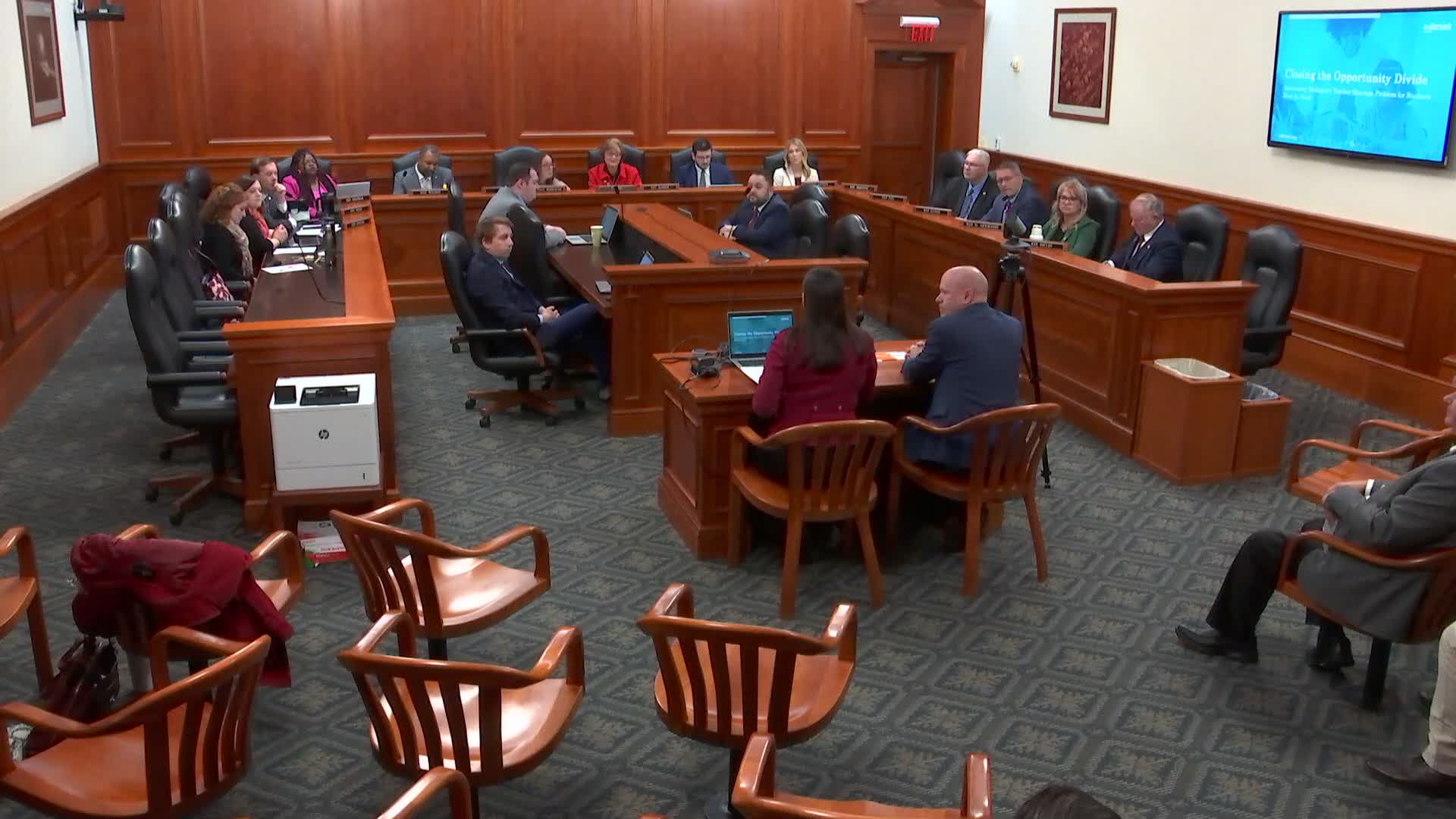Michigan report reveals teacher quality disparities linked to poverty concentrations
February 19, 2025 | Education, House of Representative, Committees , Legislative, Michigan
Thanks to Scribe from Workplace AI , all articles about Michigan are free for you to enjoy throughout 2025!

This article was created by AI using a video recording of the meeting. It summarizes the key points discussed, but for full details and context, please refer to the video of the full meeting. Link to Full Meeting
The committee discussed the uneven distribution of highly qualified teachers across the state, which contributes to opportunity and achievement gaps, especially for students from low-income backgrounds. These gaps are evident in state and national assessments, particularly in reading and math.
A key focus of the meeting was the Opportunity Index, a funding mechanism established in 2023 to allocate additional resources to districts with higher concentrations of economically disadvantaged students. The index categorizes districts into six bands based on poverty levels, with the goal of providing increased funding to support students facing additional challenges.
The committee examined the quality of teachers in relation to their experience and credentials. It was noted that districts with the highest poverty levels (band 6) have a higher percentage of first-year teachers—nearly one-third—compared to only 16% in the wealthiest districts (band 1). Conversely, experienced teachers, those with at least ten years in the classroom, are less prevalent in high-poverty districts, where only about 25% of teachers fall into this category.
The discussion also covered the prevalence of temporary and emergency credentials. While only 2% of teachers in the lowest poverty districts hold such credentials, nearly 40% of teachers in the highest poverty districts do. This disparity raises concerns about the quality of education that students in these areas receive.
Additionally, the committee reviewed the issue of teachers teaching out of their licensed content areas. While the statewide average is 8%, this figure rises to 17% in high-poverty districts, indicating a lack of subject-area expertise that could hinder student success.
The meeting concluded with a discussion on teacher retention and vacancies. Although there has been a slight decline in retention rates post-pandemic, the turnover rate remains significantly higher in high-poverty districts, with nearly 20% of teachers leaving each year. This indicates that the challenges of retaining qualified educators are not equally distributed across the state.
Overall, the committee's discussions underscored the urgent need for targeted policies and funding to address the disparities in teacher quality and distribution, particularly in districts serving economically disadvantaged students. The meeting set the stage for further analysis and potential legislative action to improve educational outcomes for all Michigan students.
Converted from House Education Committee 02/19/2025 meeting on February 19, 2025
Link to Full Meeting
Comments
View full meeting
This article is based on a recent meeting—watch the full video and explore the complete transcript for deeper insights into the discussion.
View full meeting